In the ever-evolving landscape of cinema, superhero movies have carved out a monumental niche, captivating audiences worldwide with tales of heroism, sacrifice, and the eternal struggle between good and evil. As we look ahead to 2024, the genre promises to continue its legacy of innovation and excitement with a slate of films that not only push the boundaries of storytelling and visual spectacle but also delve deeper into the psychological complexity of its characters.
From the sprawling multiverses of Spider-Man to the dark alleys of Gotham City, these films offer a diverse array of narratives that reflect our current societal dilemmas, personal struggles, and the universal quest for identity and purpose.
This article embarks on an in-depth exploration of the top 10 best superhero movies to watch in 2024, each a masterpiece in its own right, offering unique insights into the heart and soul of its characters. From the groundbreaking visual effects and emotionally charged narratives of “Spider-Man: No Way Home” and “Spider-Man: Beyond the Spider-Verse,” to the introspective darkness of “The Batman” and the raw, unsettling journey of “Joker,” these films are more than just entertainment; they are a mirror to our world, reflecting the complexities of the human condition through the lens of the superhuman.
Through detailed analysis, we delve into the themes, performances, and cinematic achievements that make each of these films stand out. Whether it’s the innovative storytelling of “Deadpool,” the character-driven drama of “Iron Man,” the anticipated depth of “Kraven the Hunter,” the philosophical inquiries of “The Dark Knight,” the ensemble dynamism of “The Avengers,” the genre-blending excitement of “Blade,” or the cultural impact of “Joker,” each movie contributes to the ever-expanding tapestry of superhero cinema.
Here’s the Top 10 Best Superhero Movies to Watch in 2024
1. Spider-Man: No Way Home
“Spider-Man: No Way Home” not only captivates audiences with its high-stakes action and groundbreaking visual effects but also explores the emotional and moral complexities of Peter Parker’s journey. This installment sees Peter grappling with the fallout of his identity being revealed to the world, a scenario that tests his resolve, relationships, and understanding of what it means to be a hero.
The return of characters from previous Spider-Man franchises, including villains like Doc Ock, Green Goblin, and Electro, not only serves as a nostalgic trip for fans but also enriches the narrative by challenging Peter to confront the consequences of a multiverse torn open.
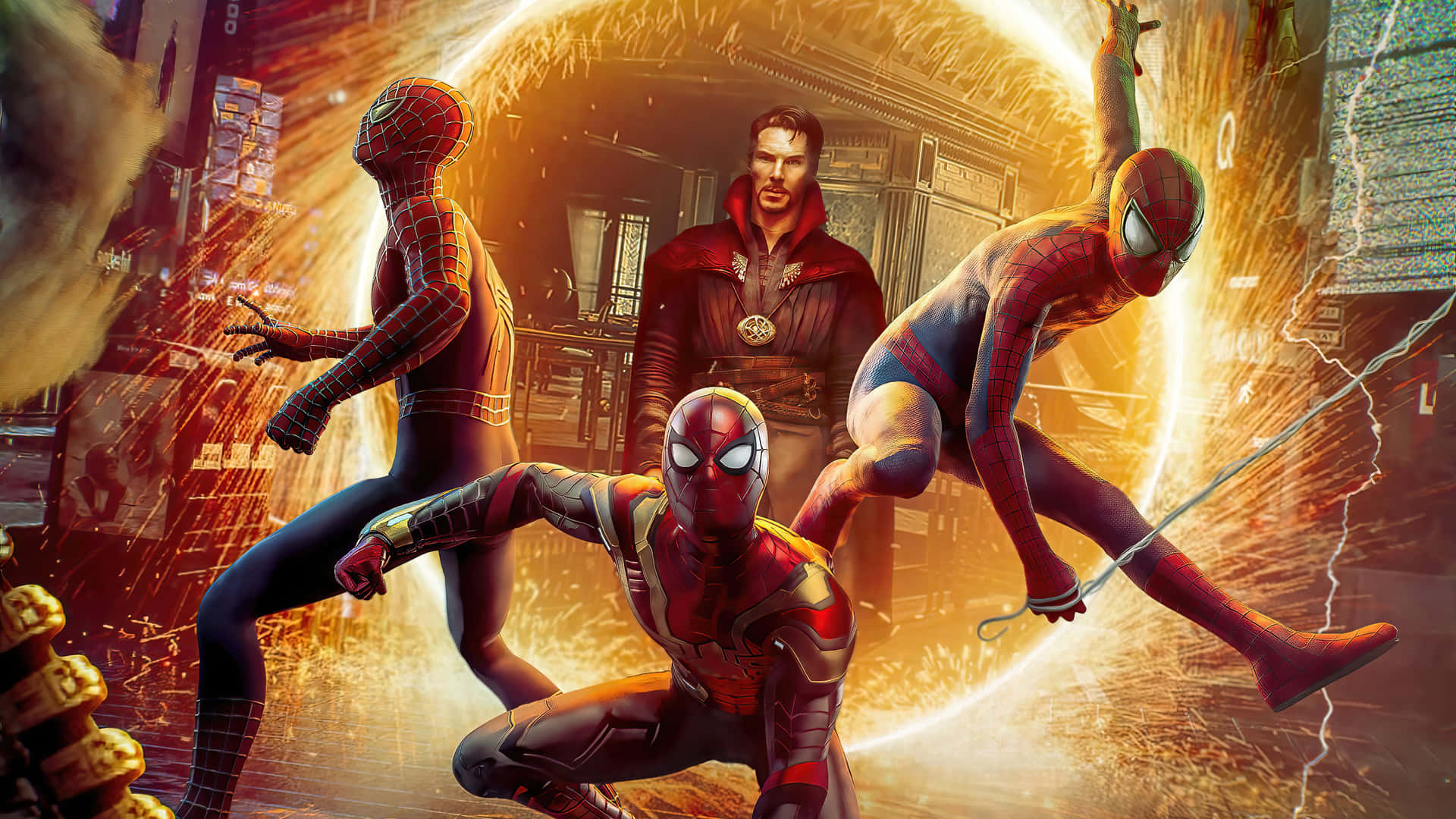
The film delves into themes of redemption, showcasing how adversaries can find salvation and how the path to heroism is fraught with difficult choices. Peter’s decision to save rather than defeat his foes speaks to the core of his character, emphasizing empathy and compassion over vengeance. This thematic richness is complemented by the performances of the cast, who bring depth and nuance to their roles, making the fantastical scenarios feel grounded and relatable.
“No Way Home” also raises questions about responsibility and the price of heroism. Peter’s journey is a poignant reflection on the sacrifices made in the pursuit of doing good, highlighting the personal losses that come with the mantle of Spider-Man. The film’s climax, which sees Peter making a monumental choice to protect those he loves, reinforces the idea that heroism often comes with a personal cost.
Visually, “No Way Home” is a marvel, seamlessly blending CGI and practical effects to create stunning set pieces that serve the story rather than overshadow it. The direction and cinematography work in harmony to immerse the audience in the action while maintaining a focus on the emotional stakes.
In conclusion, “Spider-Man: No Way Home” stands out as a landmark film in the superhero genre, offering a compelling narrative that bridges past and present iterations of the Spider-Man saga. It is a testament to the enduring appeal of the character and the creative possibilities of storytelling within the Marvel Cinematic Universe. Its success lies not just in its box office numbers but in its ability to resonate with audiences through a blend of spectacle, emotion, and character-driven storytelling.
2. Spider-Man: Beyond the Spider-Verse
“Spider-Man: Beyond the Spider-Verse” elevates the animated superhero genre to new heights, further exploring the concept of the multiverse with an inventive narrative and stunning visual artistry. The sequel builds upon the success of its predecessor by diving deeper into the rich tapestry of characters that make up the Spider-Verse, introducing audiences to new versions of Spider-Man while also developing the stories of familiar faces.
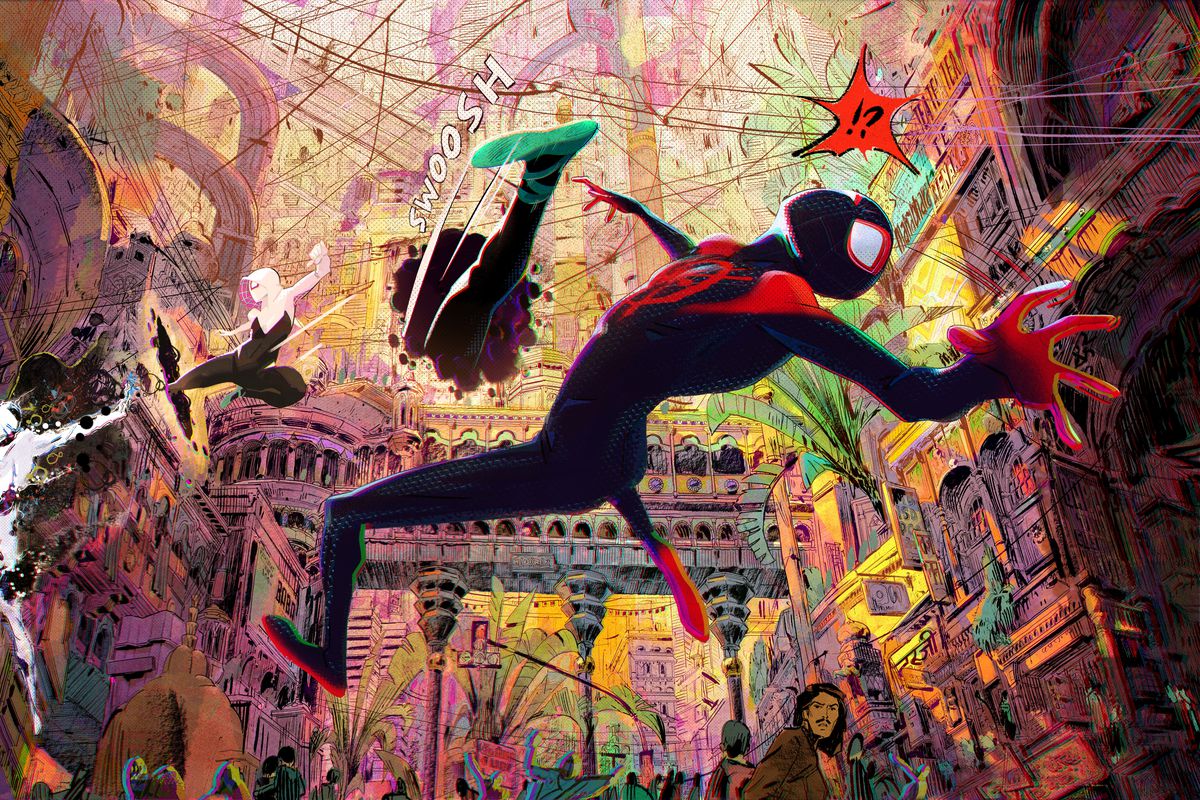
One of the film’s greatest strengths lies in its innovative animation style, which merges traditional hand-drawn techniques with cutting-edge CGI to create a visual experience that is both an homage to the comics and a forward-thinking piece of modern animation. Each dimension has its unique aesthetic, reflecting the diverse worlds from which the characters hail. This not only serves as a visual feast but also enriches the storytelling, allowing the film to explore themes of identity and belonging through the lens of its visually distinct characters.
The narrative of “Beyond the Spider-Verse” is ambitious, tackling complex themes such as self-discovery, legacy, and the importance of connection. The film presents a multifaceted exploration of what it means to wear the Spider-Man mask, highlighting that anyone can be a hero regardless of background or personal struggles. This message of inclusivity and representation resonates strongly, making the film not just an entertaining adventure but also a meaningful commentary on heroism in the modern world.
The chemistry between characters is another highlight, providing both humor and heart to the film. The dynamic between Miles Morales and the other Spider-People, each bringing their unique perspective and skills to the team, underscores the film’s emphasis on teamwork and the strength found in diversity. The voice performances are exceptional, with each actor bringing depth and authenticity to their roles, further drawing the audience into the emotional journey of the characters.
“Beyond the Spider-Verse” also excels in its action sequences, which are brilliantly choreographed and inventive, showcasing the unique abilities of each Spider-Person in visually dynamic ways. The film’s pacing ensures that these moments of spectacle never overshadow the character development or thematic depth, balancing high-octane action with moments of introspection and emotional growth.
In conclusion, “Spider-Man: Beyond the Spider-Verse” is a triumph of storytelling and animation, pushing the boundaries of what a superhero movie can be. It stands as a testament to the enduring appeal of the Spider-Man character, offering a fresh, inclusive, and emotionally resonant take on the superhero narrative. The film’s success lies in its ability to blend spectacular action with a deeply felt exploration of identity, legacy, and connection, making it a must-watch for fans of all ages and backgrounds.
3. Deadpool
“Deadpool” stands as a revolutionary figure in the landscape of superhero cinema, breaking the mold with its irreverent humor, breaking of the fourth wall, and an unapologetic embrace of its R-rated content. At the heart of its success is Ryan Reynolds’ portrayal of the titular character, Wade Wilson, a mercenary with a twisted sense of humor and a quest for revenge that turns into a journey of self-discovery and redemption.
The film distinguishes itself through its unique tone, effortlessly blending crude humor, poignant moments, and action-packed sequences. This tonal dexterity allows “Deadpool” to explore themes of love, loss, and identity in between bouts of self-referential comedy and graphic violence. The narrative cleverly subverts typical superhero tropes, presenting a protagonist who is far from the traditional hero mold. Deadpool’s character is deeply flawed, but his irreverence and vulnerability make him relatable to audiences. The film’s approach to storytelling reflects its central character’s chaotic nature, with a non-linear narrative that keeps viewers engaged and entertained.
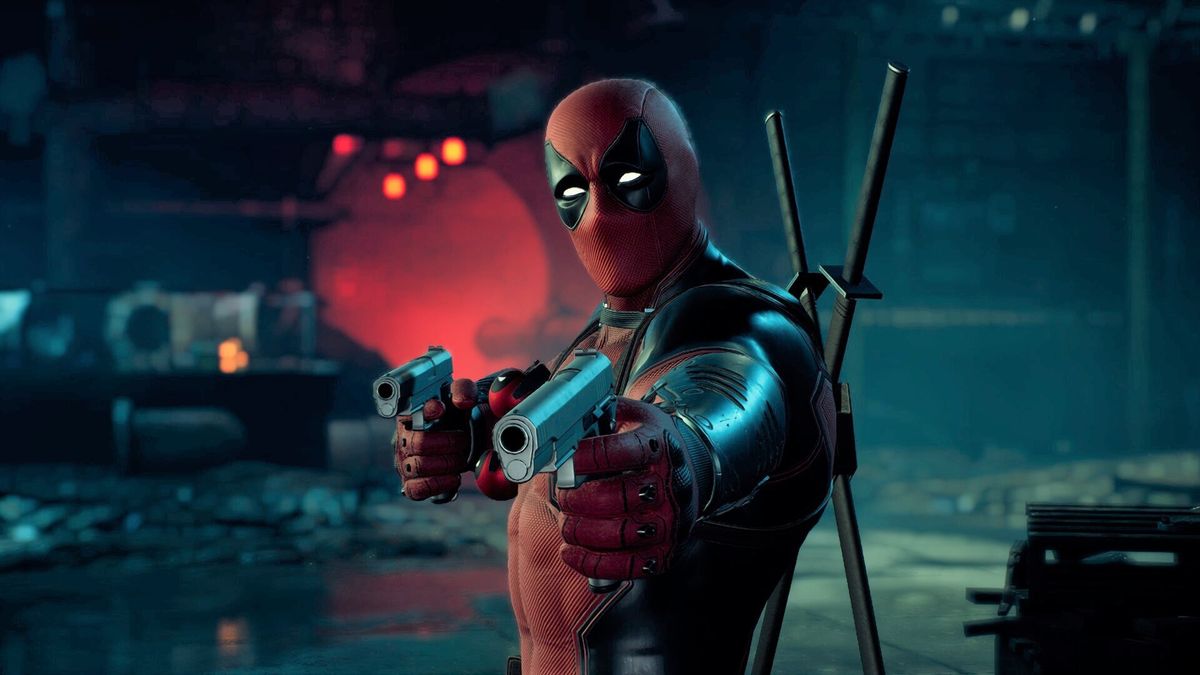
The visual style of “Deadpool” complements its narrative and thematic elements, employing dynamic action sequences and visual effects that highlight the protagonist’s extraordinary abilities. The film’s action scenes are inventive and well-executed, showcasing Deadpool’s fighting skills and healing factor in visually engaging ways. Moreover, the use of Breaking the Fourth Wall serves not only as a source of humor but also as a way to comment on the genre and medium itself, engaging the audience directly in Deadpool’s world.
The supporting characters, including Vanessa, Colossus, and Negasonic Teenage Warhead, add depth to the story, each bringing their humor, heart, and heroics to the mix. Their interactions with Deadpool provide a balance to his character, showcasing different aspects of his personality and enriching the narrative. The film’s antagonist, Ajax, serves as a fitting foil to Deadpool, embodying the seriousness and cruelty that Deadpool combats with humor and irreverence.
“Deadpool” also comments on the nature of heroism and the idea of personal agency within the superhero genre. Wade Wilson’s transformation into Deadpool is as much about self-acceptance as it is about seeking revenge. The film challenges conventional notions of beauty, strength, and heroism, presenting a protagonist whose power lies in his ability to embrace his flaws and use them as a source of strength.
In conclusion, “Deadpool” is a standout film that redefined what a superhero movie could be. Its success lies in its ability to combine humor, heart, and action in a way that resonates with audiences, offering a refreshing and unfiltered take on the superhero genre. Ryan Reynolds’ performance, along with the film’s innovative storytelling and visual style, ensures that “Deadpool” remains a memorable and influential addition to the pantheon of superhero cinema.
4. Iron Man
“Iron Man,” directed by Jon Favreau in 2008, marked the dawn of the Marvel Cinematic Universe (MCU), setting the stage for one of the most ambitious and successful franchises in cinematic history. Beyond its commercial success and critical acclaim, “Iron Man” was a pivotal moment for superhero films, proving that a lesser-known comic book hero could capture the imagination of a global audience. The film’s success hinged on several key factors: an intelligently written script, innovative visual effects, and, most crucially, Robert Downey Jr.’s charismatic portrayal of Tony Stark.
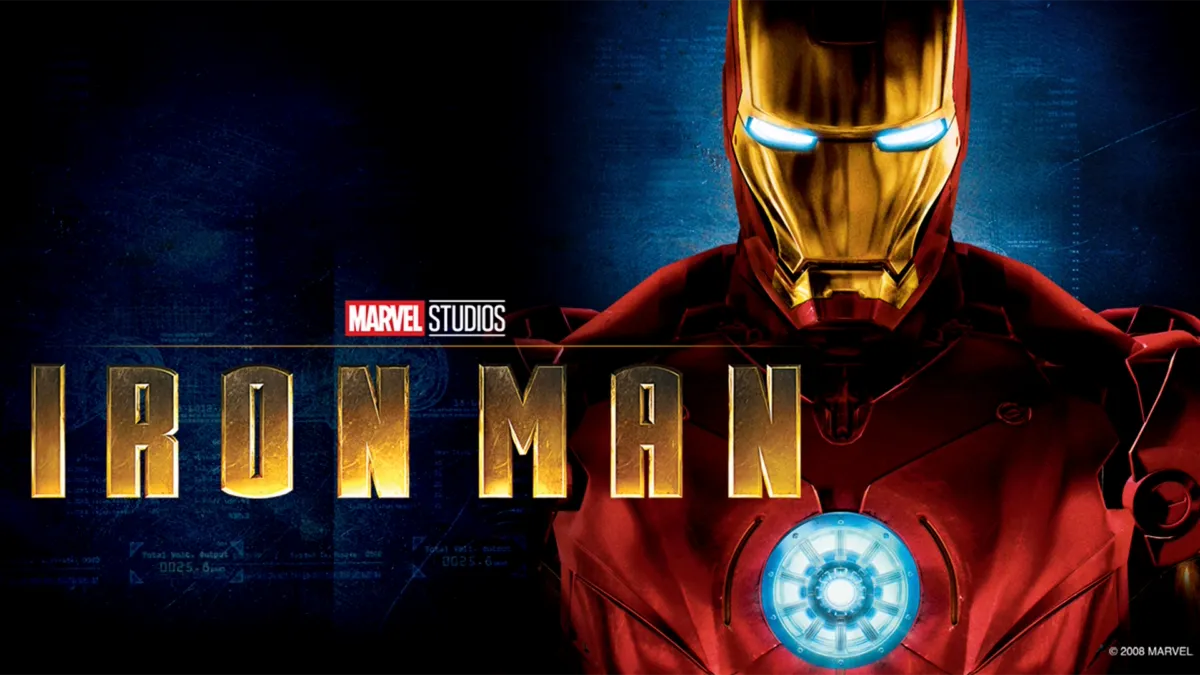
The narrative of “Iron Man” is both a thrilling superhero origin story and a character-driven drama. Tony Stark, a genius billionaire inventor and industrialist, undergoes a profound transformation after being captured by terrorists. The film explores themes of redemption, responsibility, and the moral implications of arms manufacturing, making it an action-packed spectacle and a thoughtful examination of the consequences of war and technology. Stark’s development from a carefree playboy to a hero with a purpose is compelling and nuanced, offering a more realistic and relatable protagonist than many of his superhero counterparts.
Robert Downey Jr.’s performance as Tony Stark/Iron Man is widely regarded as one of the most iconic in superhero cinema. Downey’s charm, wit, and depth transformed Stark into a beloved character, setting the tone for the entire MCU. His ability to convey Stark’s complexity—his brilliance, vulnerability, and eventual growth into a hero—provided a solid foundation for the character’s future development and the expansion of the MCU.
The visual effects in “Iron Man” were groundbreaking for their time, blending practical effects and CGI to create a believable and immersive world. The design and functionality of the Iron Man suit were particularly notable, offering a realistic and visually stunning representation of Stark’s creation. The action sequences, from Stark’s escape from captivity to the climactic battle, are expertly choreographed and integrate seamlessly with the film’s story and character development.
The supporting cast, including Gwyneth Paltrow as Pepper Potts, Jeff Bridges as Obadiah Stane, and Terrence Howard as James Rhodes, provided additional depth to the narrative. Their performances contributed to the film’s emotional resonance, exploring themes of loyalty, betrayal, and friendship. The dynamic between Stark and Potts added a personal dimension to the story, grounding Stark’s larger-than-life persona in a relatable human relationship.
“Iron Man” also set a precedent for the interconnected storytelling that would become a hallmark of the MCU. The introduction of S.H.I.E.L.D. and the post-credits scene featuring Nick Fury hinted at a larger universe, intriguing audiences and laying the groundwork for the future of superhero movies.
In conclusion, “Iron Man” is not just a film but a cultural phenomenon that redefined the superhero genre. Its blend of character development, storytelling, and visual effects created a compelling narrative that resonates with audiences even years after its release. Robert Downey Jr.’s iconic portrayal of Tony Stark, combined with Jon Favreau’s direction and smart script, ensured that “Iron Man” would be remembered as the film that launched the MCU and changed the landscape of cinema forever.
5. Kraven the Hunter
As of my last knowledge update in April 2023, “Kraven the Hunter” was poised to bring one of Spider-Man’s most iconic adversaries to the forefront of the superhero genre, offering a fresh perspective by centering the story around a villain or anti-hero. The film’s anticipation was built around its potential to delve into the psyche of Sergei Kravinoff, a man obsessed with proving himself as the greatest hunter in the world, a theme that promised to explore the darker, more primal aspects of human nature and heroism.
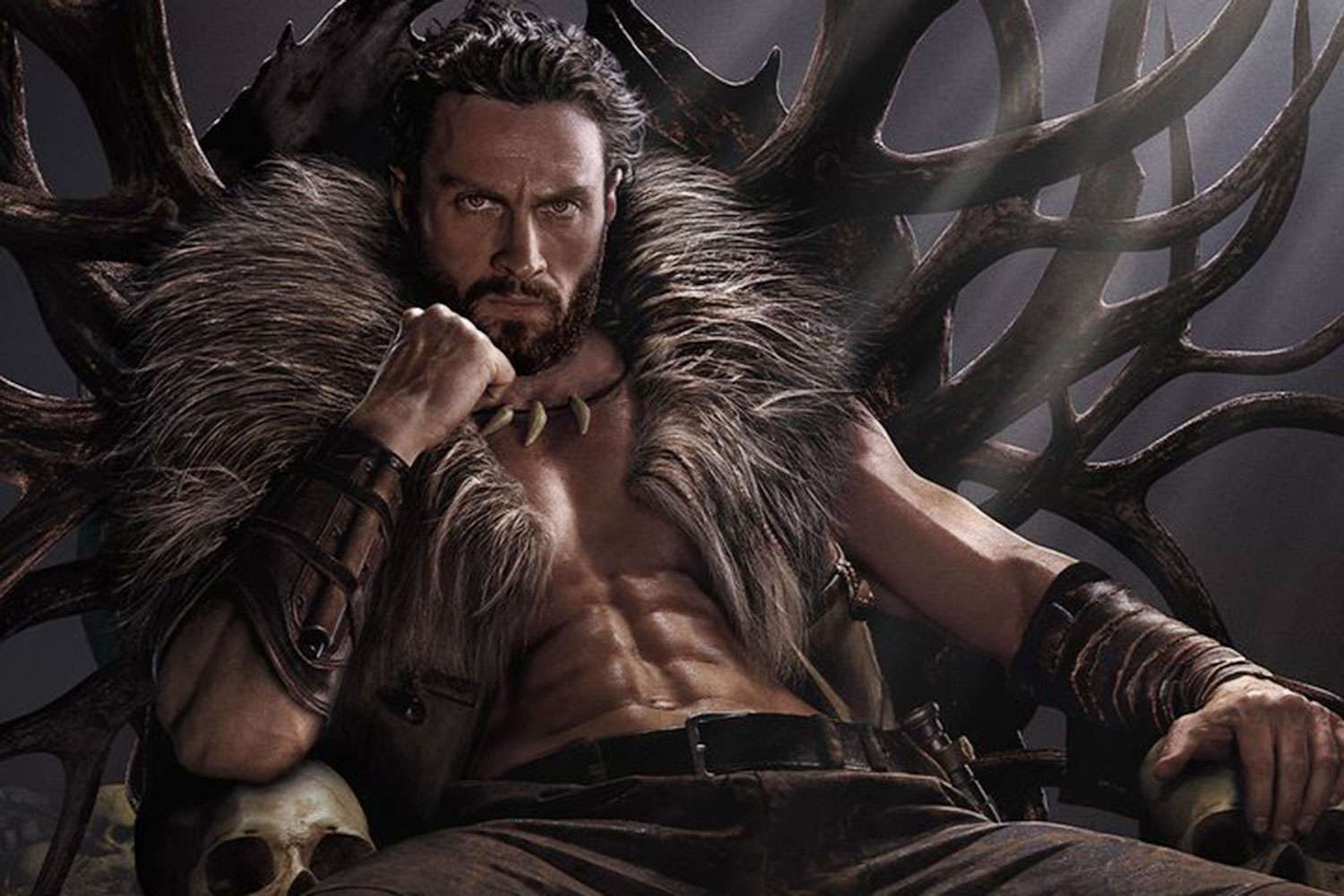
The character of Kraven presents a unique opportunity within the superhero narrative landscape. Unlike many villains who seek power or revenge, Kraven’s motivations are rooted in a twisted sense of honor and the thrill of the hunt, making him a complex character whose morality is greyed. This depth offers rich narrative soil from which to cultivate a story that examines themes of obsession, iden
tity, and the destructive pursuit of one’s ideals.
Kraven’s lore is deeply connected to the natural world and the animal kingdom, aspects that could be visually and thematically explored in the film to set it apart from other entries in the genre. His skills as a tracker and hunter, coupled with his use of potions that grant him superhuman abilities, provide a unique set of abilities that could lead to innovative action sequences and set pieces. The visual portrayal of Kraven’s prowess and his connection to the animal world could offer a visceral, primal aesthetic that underscores the film’s exploration of man’s relationship with nature and the wild.
The narrative potential for “Kraven the Hunter” to explore the character’s backstory, his rivalry with Spider-Man, and his journey from villain to anti-hero (or hero, depending on the direction) offers a compelling arc. By focusing on Kraven, the film could delve into the complexities of what drives a man to become a hunter of not just animals but superheroes, presenting a nuanced exploration of ambition, legacy, and the desire to be the best at any cost.
Furthermore, “Kraven the Hunter” could stand as a commentary on the nature of hunting and conservation, reflecting contemporary concerns about wildlife preservation and human encroachment on natural habitats. Kraven’s character could be used to question the ethics of hunting for sport versus survival and the impact of human activity on the natural world.
In bringing Kraven’s story to the big screen, there lies an opportunity to blend action, drama, and thematic depth in a way that challenges traditional superhero narratives. The film could offer a dark, introspective look at a character who is neither a hero nor a villain but something in between, providing audiences with a story that resonates on multiple levels.
In conclusion, “Kraven the Hunter” promises to be a unique addition to the superhero genre, with the potential to offer a deep, character-driven exploration of its titular character. By focusing on Kraven’s complex motivations and moral ambiguity, the film could provide a fresh perspective on the themes of heroism, obsession, and the human connection to the natural world, making it a highly anticipated addition to the superhero cinematic landscape.
6. The Dark Knight
Christopher Nolan’s “The Dark Knight” is widely celebrated not just as a pinnacle of superhero cinema but as a landmark in film history. Released in 2008, it transcends its genre to offer a compelling, darkly nuanced narrative that delves into chaos, morality, and the cost of heroism. At the center of its acclaim is Heath Ledger’s unforgettable performance as the Joker, a portrayal that redefined the character for a generation and posthumously earned Ledger an Academy Award for Best Supporting Actor.
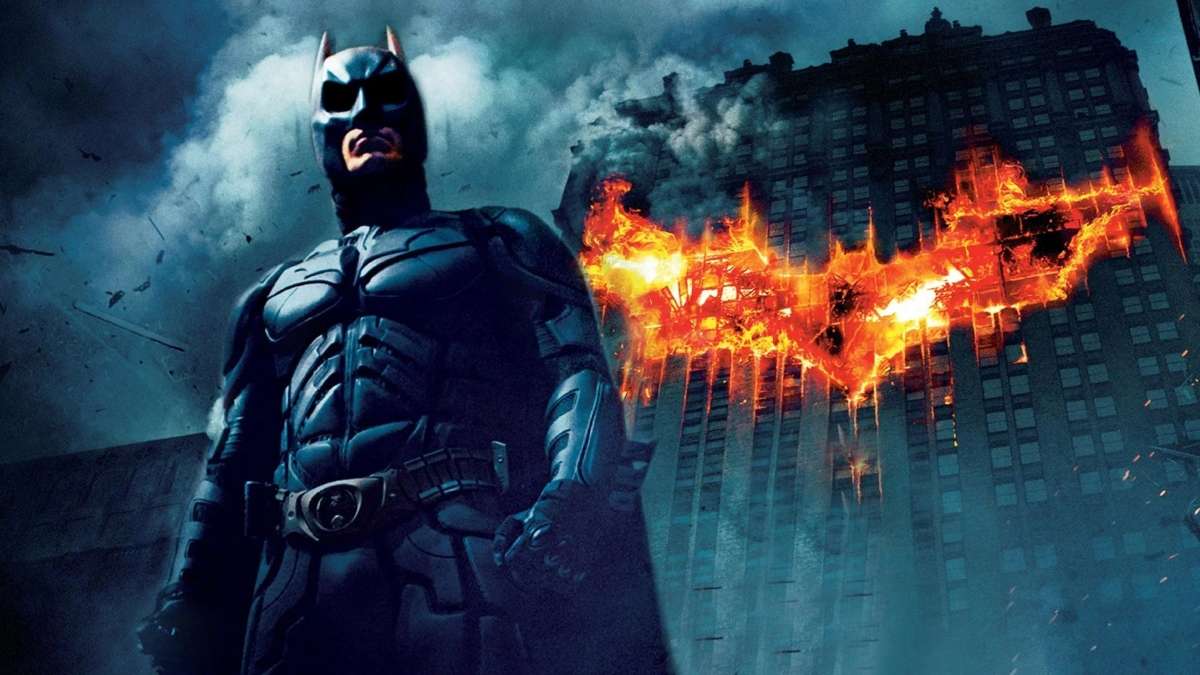
“The Dark Knight” elevates the superhero film to new thematic depths, exploring the psychological and ethical complexities faced by its characters. Batman/Bruce Wayne, portrayed with intensity and depth by Christian Bale, is presented not just as a vigilante hero but as a flawed figure grappling with the implications of his crusade against Gotham’s underworld. The film’s exploration of Batman’s dual identity delves into themes of sacrifice, the burden of choice, and the thin line between heroism and vigilantism.
Heath Ledger’s Joker is a force of nature, embodying chaos and anarchy. His anarchistic philosophy challenges not only Batman but the very fabric of Gotham’s societal structures. The Joker’s schemes are designed to expose the fragility of morality and the ease with which order can descend into madness. This character’s depth is a testament to Nolan’s direction and Ledger’s performance, both of which combine to create a villain who is not only terrifying but profoundly compelling. The Joker’s interrogation scene with Batman remains one of the film’s most intense moments, showcasing the ideological battle at the heart of the story.
The narrative complexity of “The Dark Knight” is matched by its technical excellence. Nolan’s use of practical effects, including the now-iconic truck flip scene, and the decision to film portions of the movie with IMAX cameras contribute to a visceral cinematic experience. The cinematography by Wally Pfister, which captures Gotham’s sprawling cityscape and the claustrophobic intensity of its darker corners, is crucial in setting the film’s tone.
Supporting performances by Michael Caine, Gary Oldman, Aaron Eckhart, and Maggie Gyllenhaal add layers of humanity and moral ambiguity to the narrative. Eckhart’s portrayal of Harvey Dent/Two-Face serves as a tragic counterpoint to Batman, a hero who falls from grace, illustrating the theme that anyone can be corrupted under the right circumstances.
“The Dark Knight” is not only a story about Batman and the Joker but a reflection on the nature of heroism and villainy. It questions the effectiveness of Batman’s methods and the ethical implications of his unyielding pursuit of justice. The film’s climax, which sees Batman choosing to take the blame for Dent’s crimes, underscores the idea that true heroism often comes with personal sacrifice and moral complexity.
In conclusion, “The Dark Knight” stands as a masterpiece of storytelling, a film that pushed the boundaries of its genre and challenged audiences to consider the deeper implications of heroism, justice, and the battle between order and chaos. Its legacy endures, not just as a high point for superhero films but as a seminal work of cinema that continues to inspire and provoke discussion.
7. The Avengers
“The Avengers,” directed by Joss Whedon and released in 2012, was a groundbreaking film that achieved what many thought impossible: it successfully brought together multiple superheroes from their standalone narratives into a cohesive, dynamic team. This ambitious crossover was the culmination of Marvel’s Phase One, setting a precedent for the cinematic universe model and changing the landscape of superhero movies forever.
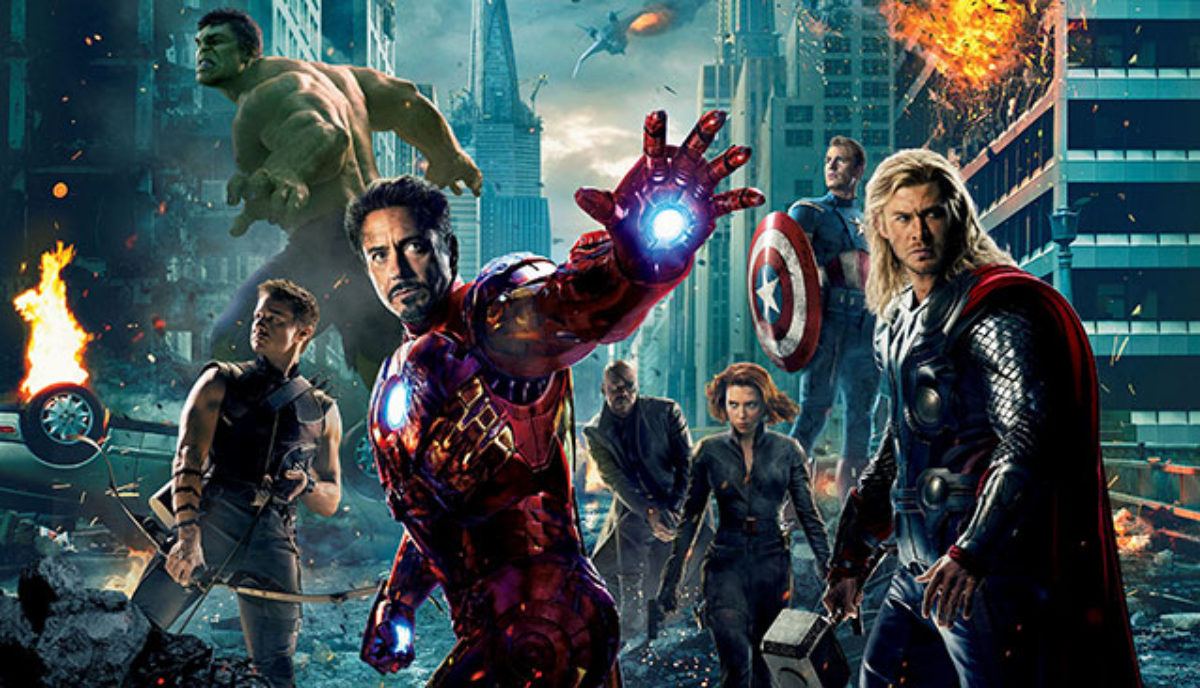
The film’s narrative centers on the threat posed by Loki, Thor’s adoptive brother, who seeks to conquer Earth with an alien army. This crisis necessitates the formation of the Avengers, a team comprising Iron Man, Captain America, Thor, the Hulk, Black Widow, and Hawkeye. The brilliance of “The Avengers” lies not just in its action-packed plot but in the way it balances the screen time and story arcs of its ensemble cast, allowing each character to shine while also developing their relationships and team dynamics.
One of the film’s standout achievements is its ability to integrate humor and character-driven moments into a genre often criticized for its tendency toward spectacle over substance. Whedon’s script is sharp, witty, and emotionally resonant, showcasing his ability to craft dialogue that defines each character’s personality and motivations. The interactions among the Avengers, filled with banter and conflict, not only provide levity but also deepen our understanding of the characters and their struggles to work as a team.
The action sequences in “The Avengers” are both visually stunning and integral to the story’s progression. From the opening attack on S.H.I.E.L.D. to the climactic Battle of New York, the film delivers set pieces that are meticulously choreographed and executed, showcasing the unique abilities of each hero and the collective strength of the team. The special effects, particularly in the portrayal of the Hulk and the alien Chitauri, are impressive, contributing to the film’s immersive experience.
The thematic core of “The Avengers” revolves around the idea of unity and the power of collaboration. Each member of the team brings their strengths and vulnerabilities, and it is only by overcoming their differences and working together that they can defeat Loki and save the world. This theme is mirrored in the film’s production, which required a harmonious blend of creative visions from the various standalone films leading up to “The Avengers.”
“The Avengers” also paved the way for the expansion of the MCU, introducing audiences to the concept of a shared universe where characters and storylines intersect across multiple films and phases. Its success demonstrated the appetite for interconnected storytelling and ensemble casts in superhero cinema, influencing not only future MCU entries but also prompting other studios to explore similar models.
In conclusion, “The Avengers” is a landmark film in the superhero genre, celebrated for its innovative approach to character development, narrative complexity, and visual storytelling. It stands as a testament to the potential of collaborative storytelling, both on and off the screen, setting a new standard for blockbuster cinema and leaving a lasting impact on both audiences and filmmakers alike.
8. The Batman (2022)
“The Batman,” directed by Matt Reeves and released in 2022, presents a dark, gritty, and intensely noir-driven vision of Gotham City and its vigilante defender. Starring Robert Pattinson as Bruce Wayne/Batman, this iteration delves deeply into the detective aspect of the character, often overshadowed in previous adaptations. Set against the backdrop of a rain-soaked, neon-lit Gotham teetering on the brink of chaos, “The Batman” distinguishes itself with its atmospheric storytelling, psychological depth, and a more grounded portrayal of its iconic characters.
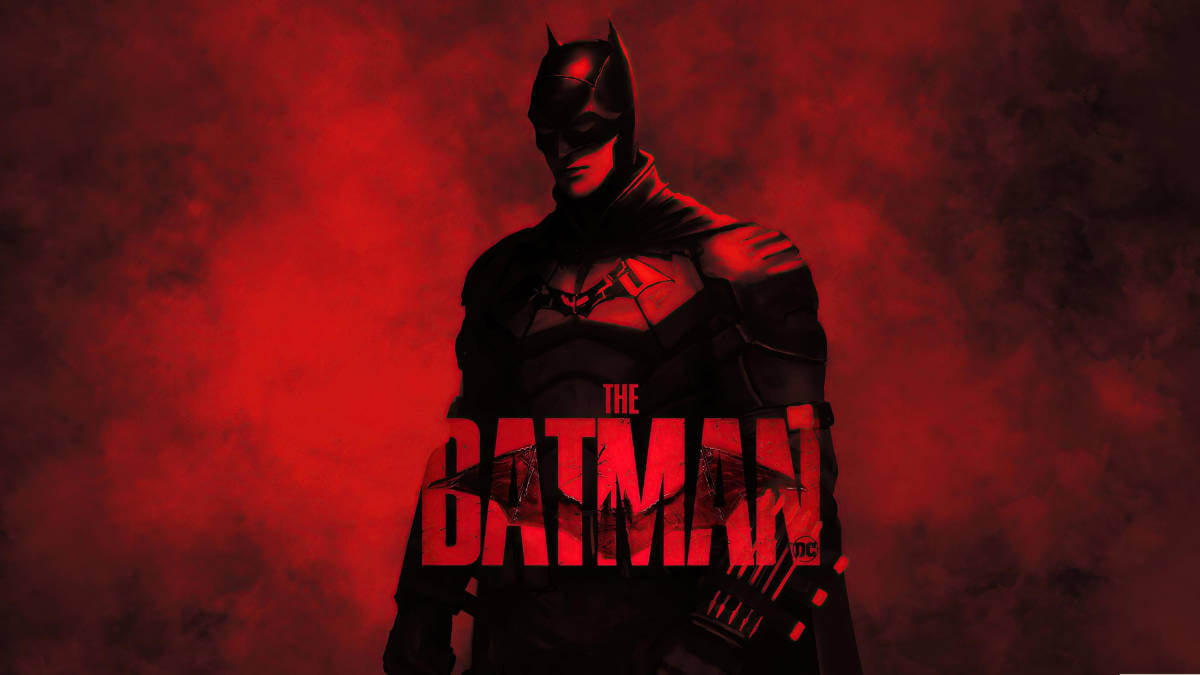
The narrative thrust of “The Batman” is driven by a series of meticulously crafted murders that thrust Gotham into fear and uncertainty. At its core, the film is a detective thriller, with Batman navigating a labyrinth of corruption that ties Gotham’s elite to the underworld. This approach not only provides a fresh perspective on the character but also aligns with the original comic book portrayal of Batman as the world’s greatest detective. Pattinson’s performance captures a Batman who is still refining his role as a symbol of fear for the criminal underworld, portraying a younger, more raw version of the character who is visibly burdened by the weight of his mission.
Zoë Kravitz’s portrayal of Selina Kyle/Catwoman adds a compelling dynamic to the narrative, serving both as a foil and a partner to Batman. Their relationship, marked by trust and betrayal, deepens the film’s exploration of themes such as justice, vengeance, and redemption. The chemistry between Pattinson and Kravitz is palpable, adding layers of complexity to their interactions and highlighting the moral ambiguities that define their characters.
The film’s antagonist, the Riddler, played by Paul Dano, is reimagined as a chilling and sadistic figure whose puzzles serve a darker purpose, reflecting contemporary fears and social commentary. Dano’s performance is haunting, presenting a villain who is both a product of Gotham’s systemic failures and a mirror to Batman’s quest for justice. The Riddler’s schemes challenge Batman intellectually and morally, pushing him to confront the inefficacy of his methods and the blurred lines between good and evil.
“The Batman” is visually striking, with cinematography that embraces shadows and silhouettes to create a sense of foreboding and mystery. The action sequences, while fewer than in other superhero movies, are intense and impactful, emphasizing the physical and emotional toll of Batman’s crusade. The film’s design, from the Batmobile to the Batsuit, is both functional and aesthetically aligned with the film’s darker tone.
Reeves’ direction and the screenplay, co-written with Peter Craig, imbue the film with a sense of gravitas and realism rarely seen in superhero cinema. “The Batman” doesn’t shy away from addressing social issues, weaving a narrative that questions the efficacy of vigilante justice and the cyclical nature of crime and corruption.
In conclusion, “The Batman” offers a profound reimagining of one of cinema’s most enduring characters, grounding the superhero in a reality that is both bleak and deeply human. Its focus on detective work, coupled with a nuanced exploration of character and society, sets it apart from other entries in the genre. The film serves as a reminder of the versatility of the superhero narrative, capable of offering not just escapism but a lens through which to examine the complexities of justice and morality in our world.
9. Blade
The announcement of a “Blade” reboot within the Marvel Cinematic Universe (MCU) has ignited anticipation and speculation among fans and film enthusiasts alike. “Blade,” originally portrayed by Wesley Snipes in the late 1990s and early 2000s, is credited with being one of the pioneering films that demonstrated the potential of comic book adaptations before the superhero genre became a dominant force in Hollywood. The character of Blade is a compelling figure: a day-walking vampire hunter with superhuman abilities, who protects humanity from the shadows, battling vampires and other supernatural threats.
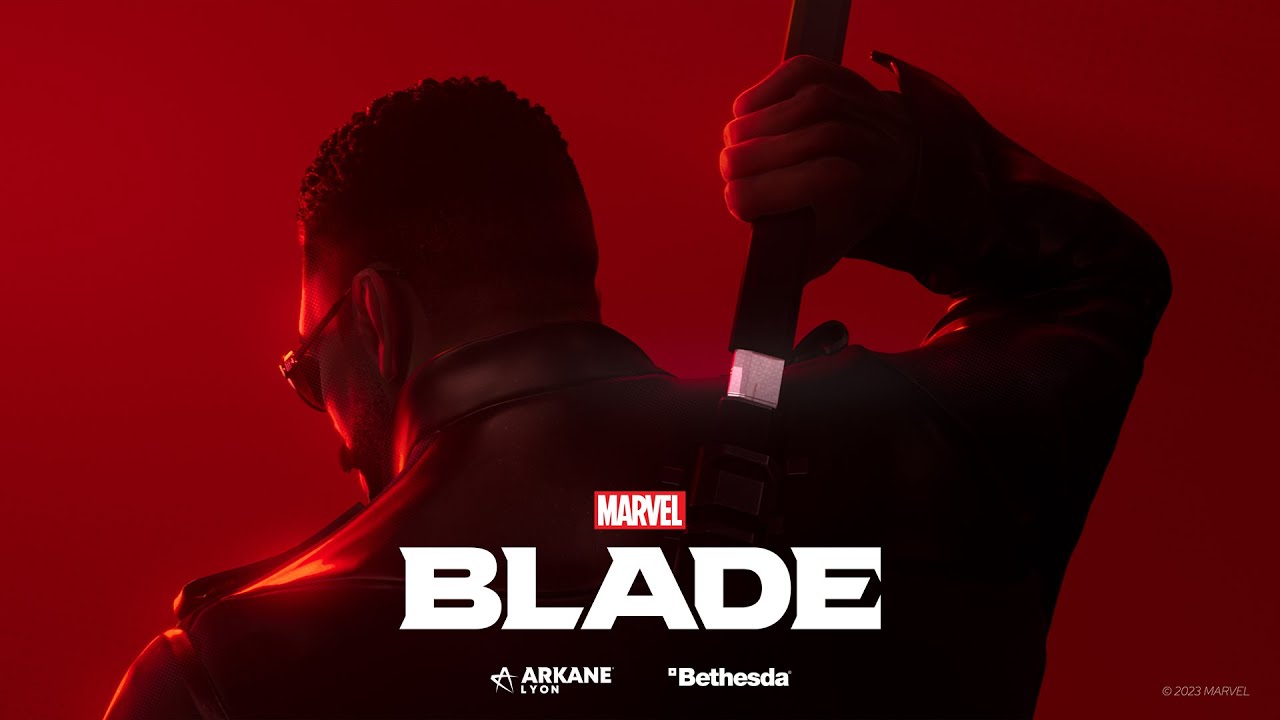
The reboot promises to introduce Blade to a new generation, potentially integrating him into the broader narrative tapestry of the MCU. This inclusion offers exciting possibilities for storytelling and character development, especially considering the MCU’s expansive and interconnected universe. The character’s unique background and motivations can enrich the MCU’s diverse roster of heroes, bringing a darker, more mature theme to the forefront.
Blade’s struggle with his dual nature as both human and vampire is a central aspect of his character. This internal conflict, coupled with his mission to eradicate vampires, provides fertile ground for exploring themes of identity, belonging, and the concept of the other. The character’s narrative arc offers an opportunity to delve into moral ambiguities and the costs of waging a solitary war against an unseen enemy, themes that resonate on a deeply human level despite the supernatural setting.
The visual and stylistic approach to the “Blade” reboot will be crucial in setting the tone for this darker corner of the MCU. The original films were known for their gritty aesthetic, intense action sequences, and horror elements. The reboot has the potential to blend these elements with the MCU’s signature blend of action, humor, and character-driven storytelling, creating a unique and compelling cinematic experience.
The casting of Mahershala Ali as the new Blade has been met with enthusiasm, signaling a promising direction for the character’s portrayal. Ali, known for his powerful performances and ability to convey deep emotional complexity, is well-suited to bring the nuanced character of Blade to life. His portrayal promises to capture the essence of Blade’s struggle and the intensity of his mission, potentially adding a layer of gravitas and sophistication to the character.
Integrating Blade into the MCU also opens up possibilities for crossover events and interactions with other characters within the universe. The supernatural elements of Blade’s world could pave the way for exploring more mystical and horror-oriented stories, expanding the genre scope of the MCU. This integration could also lead to the introduction of new characters and threats, enriching the narrative possibilities of the MCU.
In conclusion, the “Blade” reboot holds significant potential for both the MCU and the superhero genre at large. By bringing a darker, more mature character into its universe, the MCU is poised to explore new thematic depths and narrative complexities. The character of Blade, with his rich backstory, internal conflicts, and distinct perspective, offers an opportunity to delve into uncharted territory, promising a fresh and exciting chapter in the ongoing saga of the MCU.
10. Joker
The 2019 film “Joker,” directed by Todd Phillips and starring Joaquin Phoenix in the titular role, marked a significant departure from the traditional superhero film. Set against the backdrop of a gritty, decaying Gotham City of the early 1980s, “Joker” provides a deep, unsettling character study of Arthur Fleck, a failed comedian whose descent into madness and chaos mirrors the city’s spiral into violence and despair. This film stands out not only for its dark tone and psychological depth but also for its commentary on societal neglect, mental illness, and the creation of a villain.
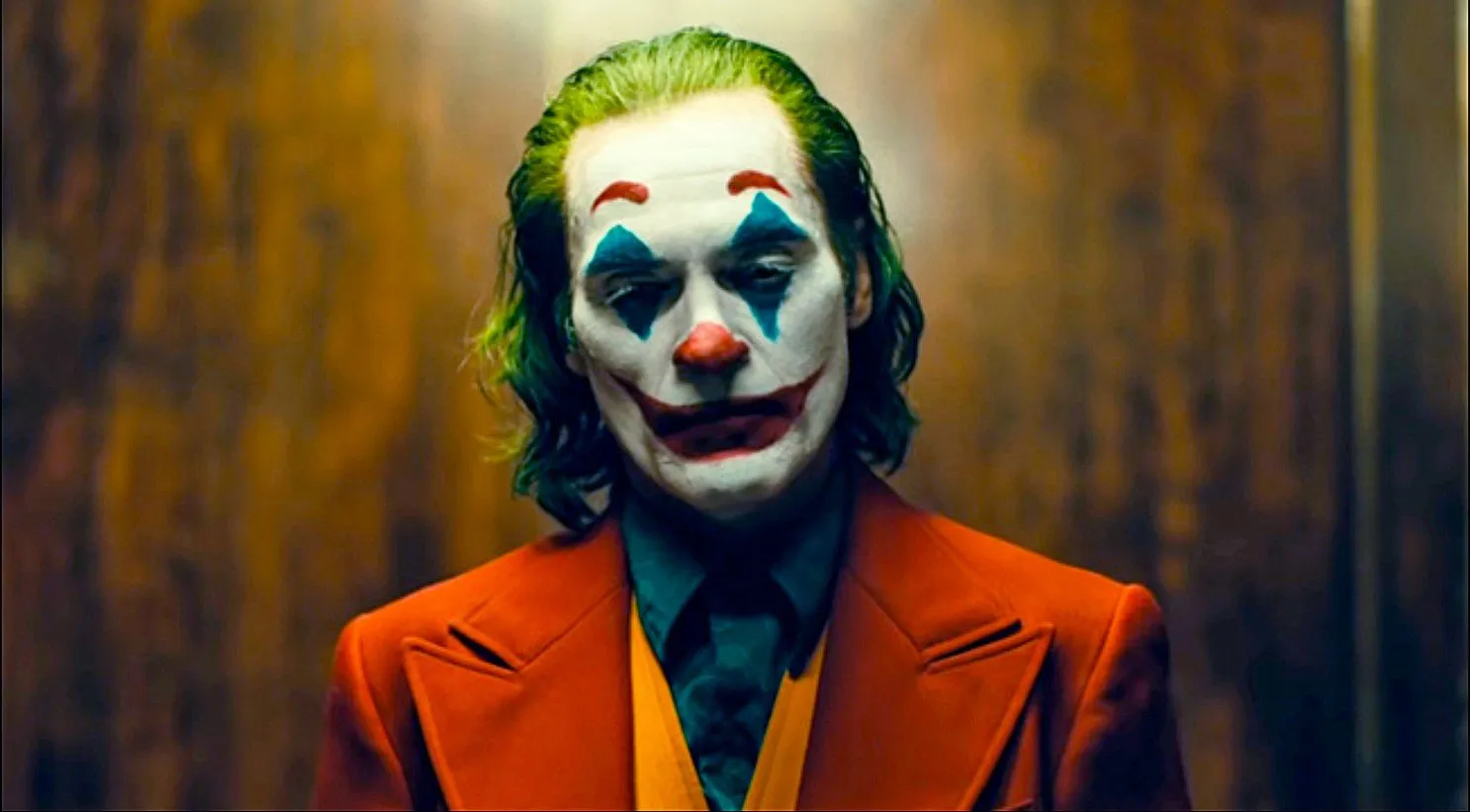
Joaquin Phoenix’s transformative performance as Arthur Fleck/Joker is the linchpin of the film’s critical and commercial success. Phoenix delves deeply into the psyche of his character, portraying with nuance the pain, isolation, and eventual rage that propels Arthur’s transformation into the Joker. This performance, which earned Phoenix an Academy Award for Best Actor, is a raw and disturbing depiction of a man pushed beyond the brink by a society indifferent to his suffering.
“Joker” is unique in its focus on the villain’s origin story, eschewing the traditional hero-villain dynamic to explore the circumstances that lead a person to become a symbol of anarchy and rebellion. The film’s narrative is a slow burn, gradually building tension and unease as Arthur faces rejection, mockery, and violence, leading to his embrace of the Joker persona as a form of liberation and empowerment. This approach challenges the audience to empathize with Arthur even as his actions become increasingly violent and deranged.
The film’s aesthetic, from its grimy cityscapes to the haunting score by Hildur Guðnadóttir, enhances the sense of dread and inevitability that permeates Arthur’s world. Phillips’s direction and Lawrence Sher’s cinematography create a Gotham that is both a character in its own right and a reflection of the societal decay and moral ambiguity that contribute to Arthur’s downfall.
Thematically, “Joker” delves into issues of mental illness, societal neglect, and the thin line between sanity and madness. The film poses uncomfortable questions about the role of society in creating its monsters and the ease with which the disenfranchised can be pushed to the margins. Arthur’s transformation into the Joker becomes a symbol of the chaos lurking beneath the surface of order, challenging the audience to consider the cost of indifference and the price of ignoring those in need.
The cultural impact of “Joker” has been significant, sparking debates about the portrayal of violence in cinema, the responsibilities of filmmakers in depicting sensitive topics, and the societal factors that contribute to alienation and violence. The film’s ambiguous nature, leaving audiences to question the reality of Arthur’s experiences, adds layers of interpretation and discussion, further cementing its status as a cinematic landmark.
In conclusion, “Joker” stands as a compelling exploration of the origins of one of fiction’s most iconic villains. It is a film that refuses to provide easy answers, instead offering a haunting portrayal of a man’s journey into darkness. By focusing on the complex interplay between individual trauma and societal failure, “Joker” challenges both the conventions of the superhero genre and the audience’s perceptions of villainy and heroism.









